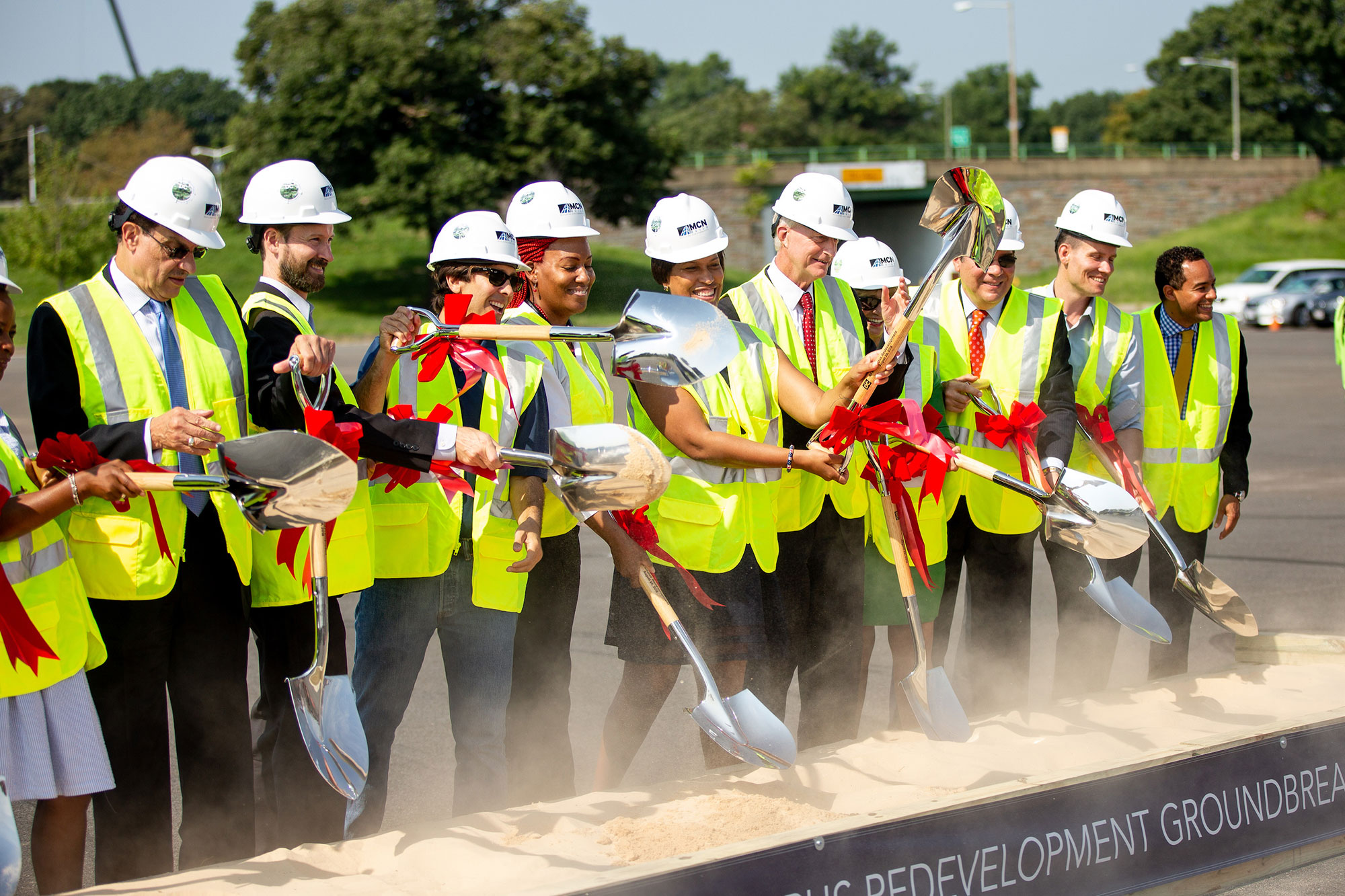
When delivering projects to clients in the construction industry, we spend millions, even billions of dollars every day, to fulfill our clients’ contract requirements. What are some things that we, as the General Contractor, care about the most while delivering these projects? We care about the scope of work that we’ve been asked to do. We care about the budget and how we’re going to execute this project. Do we have the right resources? Do we have the proper labor and materials? We care about quality and schedule. We care about inherent risks to the project and how much it’s going to cost. Is it going to match the budget? And of course, communication is the key to a successful project. We focus on these items quite frankly because it’s our contractual requirement; we’re bound by it. It’s also what we were trained to do. It’s what we know. And we want to make a profit. In 2020 across the U.S., projects in the construction industry involved 680,000 employers, 7 million workers, resulting in $1.3 trillion spent in the built environment (Bokum).
The construction industry has a major impact on the economy, and we believe those same projects can have an even greater impact on our communities and improve people’s lives. In addition to our contractual requirements, we must understand the typical landscape of stakeholders directly impacting the success of our projects. Of course, the client and end-users are the main key stakeholders, but the design team and the builder are stakeholders as well. Additional stakeholders include various government agencies for approvals like the U.S. Department of Transportation, the Historic Preservation Office and the permitting agencies. We have to coordinate with public utilities such as Washington Gas, DC Water, WSSC Water, Pepco, Verizon, etc. We recognize some neighborhood commissions also have an impact on our projects. All of these entities are typical stakeholders we consider on capital projects.
Communication is vital on all projects. Not only communication within our team and our clients, but communication externally with the stakeholders is crucial to project success. Our direct project stakeholders are easy to identify and manage; you must engage and collaborate with them. Typically, we manage projects focused on contractual concerns and direct stakeholder requirements, but indirect stakeholders can also impact your project. Some of those indirect stakeholders can include:
- Adjacent property owners
- Community associations
- Future workers
- Everyday citizens
- Jurisdictions; city and state
Engaging indirect stakeholders is an overlooked and essential element to project success. It maximizes community buy-in, which will increase the project’s chances of sustainable success. Also, while building in a specific community, it is important to use resource mapping. It’s a straightforward tool and easy to implement. Utilizing resource mapping helps to identify who and what resources are in the surrounding neighborhood of the project, providing opportunities for other trade contractors and builders beyond your typical go-to firms.
MCN Foundation recently built a digital library in San Salvador, El Salvador, and you may ask, what’s the link between Washington, D.C., and El Salvador?

The majority of the construction workforce in the Washington D.C. Metropolitan Area is of Salvadoran descent. An unintentional benefit of the digital library project was the increased motivation within the workers because they realized the work they are doing in D.C. is creating funds to build a library in their country. The paycheck they are earning goes beyond their work on the D.C. construction site! They’re working for a company that is building something in their home community. After hearing many voices, the input we received directed us to the lack of safe spaces for the local San Salvador community to go and access high-speed Internet. With this understanding, MCN identified community partners and government officials to help us build this digital library project.
Thinking beyond the direct stakeholders doesn’t always have to be as complex as building a physical structure. While building an affordable housing project in the District, we decided to sponsor several events we knew the surrounding neighborhoods would enjoy. These events and people who benefitted from them had no direct relationship to our project, construction industry, or workforce development.
While managing stakeholders, one of the main items we take into account, beyond contracts and financing agreements, is economic inclusion. Some contracts involve economic inclusion efforts; these are focused on providing opportunities for groups, individuals, or businesses that have been historically left out of the process. These economic inclusion requirements are not always a mandate, but we choose to implement them anyway to create a level playing field. Creating equitable economic opportunities is one of the biggest ways we can positively impact the economic footprint of our projects and the community.
We’ve all heard about sustainability, but for most of us, when the topic is brought up, the environment comes to mind. Sustainability also considers social equity and economic vitality. Focusing on the complete picture allows us to create a thriving, healthy, diverse, and resilient community for generations to come. In addition to our typical contractual concerns, here are a few key takeaways to consider. Do the people in the surrounding areas of your projects have access to health care, equitable education, and inclusive opportunities? Are we protecting our ecosystem while delivering these projects? Are we fighting inequality and promoting a safe and peaceful society, not only around our projects but that radiates through the extended community? Are we partnering and working with various organizations in the community for cultural understanding and global solidarity? Are we focusing on prosperity for all? When we consider capital projects through this kind of lens of total sustainability, we can achieve greater results. It enables positive impact on more people, more businesses, and the greater community when we approach a capital project as a sustainable development.
Looking at things from this lens of total sustainable development, we create the potential to add hundreds of new businesses and thousands of new careers. And of course, we’ll have a healthier environment. We’ll have lasting partnerships with the community, generating millions of dollars in new tax revenues because more people are prosperous. We hope our insight on engaging and managing stakeholders has provided you with a couple of new ideas to consider as you move forward with your capital projects. Now let’s lock arms and build a better tomorrow, starting today.
Johnny Seikaly, Director of Contracts and Compliance, also contributed to this article.
Works Cited:
Bokum, Christopher. “U.S. Construction By the Numbers: Construction Statistics You Need to Know.” Levelset, Nov. 2020, https://www.levelset.com/blog/us-construction-statistics-you-need-to-know/
Return to Insights
